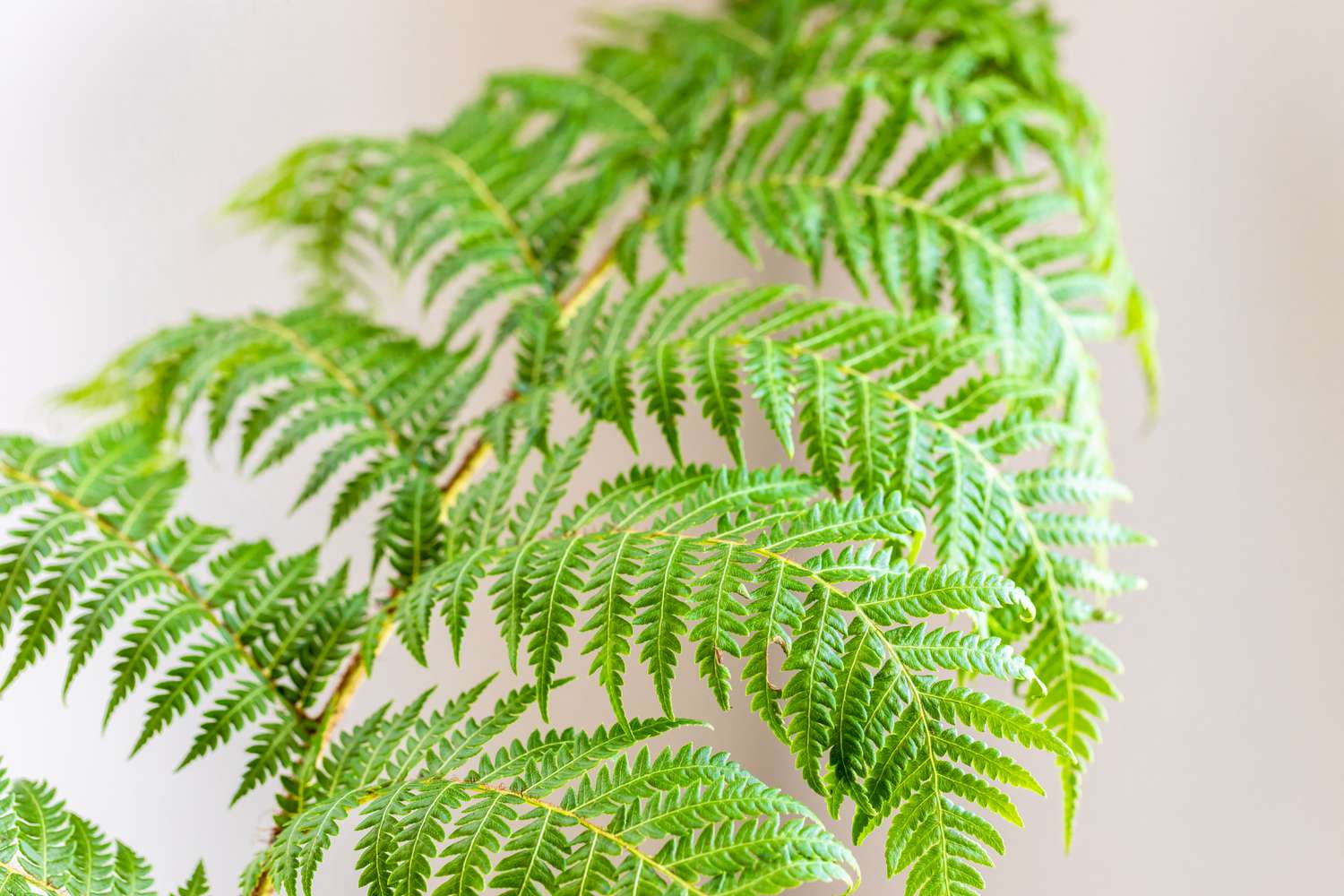As a nature lover and avid gardener, I’m always on the lookout for unique trees to add to my landscape. While I appreciate all trees and their inherent beauty there’s something about species with fern-like leaves that captivates me. The delicate, lacy foliage evokes images of lush rainforests and tropical paradises. If you’re seeking to add some exotic flair to your yard or garden consider incorporating one of these eye-catching trees with leaves reminiscent of ferns.
An Overview of Trees With Fern-Like Leaves
Certain tree species in warmer climates naturally develop leaves that closely resemble the fronds of ferns. This fern-like foliage generally consists of small leaflets arranged along a central rib. The overall shape tends to be oblong, oval, or lance-like. While not an exact match to true ferns, these feathery compound leaves evoke a similar look.
Trees with ferny leaves come in a range of sizes from smaller accent plants to towering giants. They hail from diverse corners of the globe including Australia, Asia, Africa, and the Americas. Beyond gorgeous greenery, many provide fragrant blooms at certain times of year, making them multi-season show stoppers. Let’s explore some top picks for trees with elegant and exotic fern-like leaves.
15 Stunning Choices for Trees With Fern-Like Leaves
1. Jacaranda
Native to South America, the jacaranda is fast-growing and can reach heights of around 50 feet. Its lush green bipinnate leaves resemble fern fronds and provide excellent filtered shade. In spring, clusters of vibrant purple trumpet-shaped blooms create a spectacular display.
2. Fern Pine
Hailing from Africa, the columnar fern pine has a tight, upright growth habit, topping out around 50 feet tall. Its slender leaves look like miniature ferns. It thrives with minimal care in warm, humid environments.
3. Royal Poinciana
This majestic tree from Madagascar bears enormous, fern-like leaves up to 20 inches long. Vibrant orange-red blooms provide stunning contrast against the bright green foliage. It thrives in tropical locales.
4. Fern-leaved Wattle
A fast-growing Australian native, the fern-leaved wattle reaches heights around 50 feet. Its lush bipinnate leaves complement seasonal clusters of sunny yellow pompom blooms
5. Copperpod
Sometimes growing over 80 feet tall, the copperpod tree is prized for its tropical look. Fern-like leaves emerge a rich copper color before maturing to green. Yellow blooms may fade to red later in the season.
6. Maidenhair Tree
This unique flowering tree has delicate green leaves like its namesake fern. Slender side branches give it a slightly weeping appearance. Prefers partly shaded sites.
7. Mimosa
Call it the silk tree or mimosa – this fast-growing beauty has lovely ferny leaves coupled with abundant pink powder puff blooms in summer. Provides filtered shade.
8. Golden Rain Tree
A versatile, medium-sized tree reaching around 40 feet at maturity. Its airy, spreading form sports apple green leaves and chains of bright yellow flowers in summer.
9. Honey Locust
One of the larger entries on this list, the hardy honey locust displays lacy emerald green leaves up to a foot long. Yellow fall color and twisted branching add interest.
10. Staghorn Sumac
A multi-stemmed small tree growing 15 to 30 feet tall. Has arching branches bearing unique compound leaves and fuzzy red fruit in autumn.
11. Velvet Mesquite
This drought-resistant Southwestern native has a shrubby form and ferny grey-green leaves. It provides shelter and food for wildlife.
12. Japanese Fern Tree
Despite its name, this tropical tree hails from Asia and Africa. It produces dense growth of upright frond-like leaves and can reach 30 feet.
13. Silky Oak
A fast-growing Australian rainforest tree with leaves divided into slender, fern-like leaflets. Provides light shade and seasonal beauty.
14. Sweetfern
This North American native shrub reaches just 2 to 3 feet tall. Its oblong leaves have a sweet piney fragrance when crushed. Adds lush groundcover.
15. Soft Tree Fern
Unlike the others, this option is technically a tree fern, not a flowering tree. Has a palm-like appearance with arching fronds atop a trunk up to 20 feet.
Key Features and Care of Trees With Ferny Foliage
If interested in incorporating one of these beauties on your own property, keep the following key traits in mind:
-
Most prefer warm, humid environments and do best in USDA zones 8 to 11. Provide ample moisture.
-
Look for trees suited specifically to your climate, as not all tolerate cooler winters.
-
Many are fast-growing but short-lived, reaching maturity in 10 to 15 years.
-
Fern-like leaves may shed periodically or remain evergreen, depending on species.
-
Provide plenty of space for growth and air circulation to limit disease issues.
-
Most require minimal pruning beyond removing dead branches or unwanted suckers.
-
Watch for pests like scale, aphids, or caterpillars and treat as needed.
With their elegantly arching branches and delicate foliage, trees with leaves like ferns make a stunning focal point. They evoke the lushness of tropical rainforests yet often adapt well to warm climates. If you’re seeking a dramatic, exotic look in your landscape, add one of these beauties for an extra dose of visual intrigue.
What is a Japanese fern tree?
The Japanese Fern Tree is a misnomer; it’s neither a fern nor native to Japan. Originating from East Africa and South Asia, this tree is known for its dense, bright-green, fern-like leaves. It’s an evergreen species that does best in warmer places and can make white flower clusters and sometimes even small berries that you can’t eat.
Golden Rain Tree
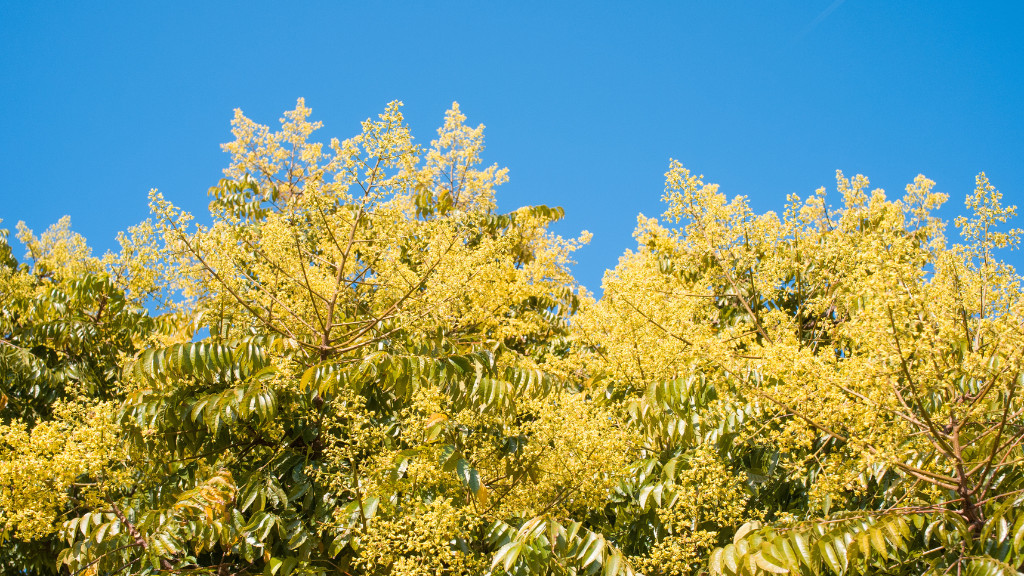
- Native Region: Unknown, but widely cultivated
- Leaf Type: Fern-like
- Height: Up to 40 feet
- Floral Display: Golden flowers
- Climate Preference: Adaptable, but prefers well-drained soil
- Special Features: Less likely to cause plumbing or foundation issues
The Golden Rain Tree is a versatile addition to any landscape. While its native region is not definitively known, it has been widely cultivated for its beauty. The tree can grow up to 40 feet and features fern-like leaves. It is most famous for its golden flowers, which add a touch of elegance to any garden. The tree is adaptable to various soil conditions but prefers well-drained soil. Compared to other trees, it’s less likely to damage plumbing or foundations, which makes it stand out.
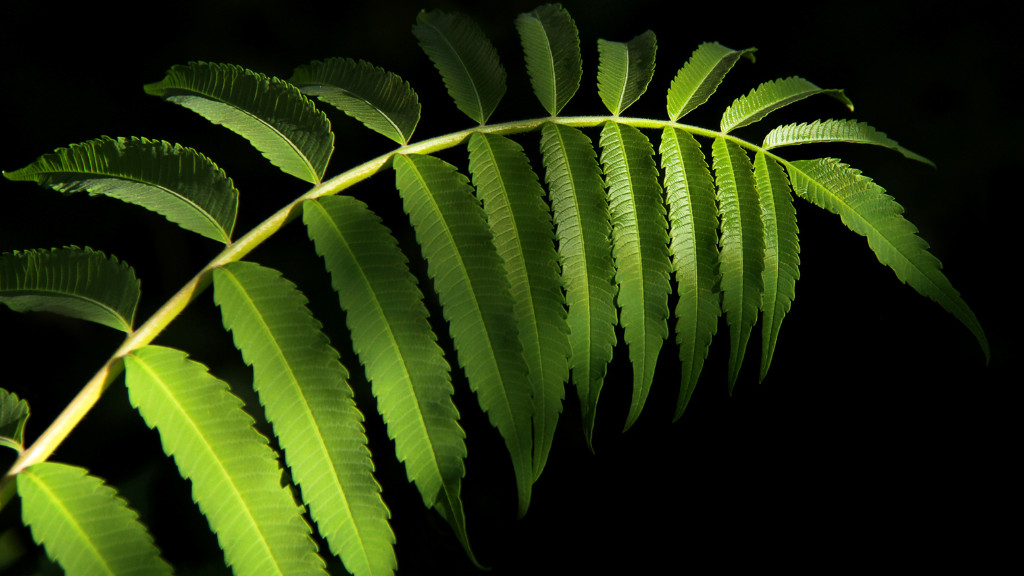
- Native Region: Eastern North America
- Leaf Type: Fern-like, compound leaves
- Height: 15 to 30 feet
- Floral Display: Reddish fruit clusters
- Climate Preference: Adaptable to various conditions
- Special Features: Drought-resistant, attracts wildlife
Staghorn Sumac is a small tree or large shrub that grows in eastern North America. It can get as tall as 30 feet. Its fern-like, compound leaves make it a unique addition to any garden. The tree produces pinkish leaves that not only add visual interest but also attract various forms of wildlife. One of its standout features is its drought resistance, making it a hardy choice for various climates.
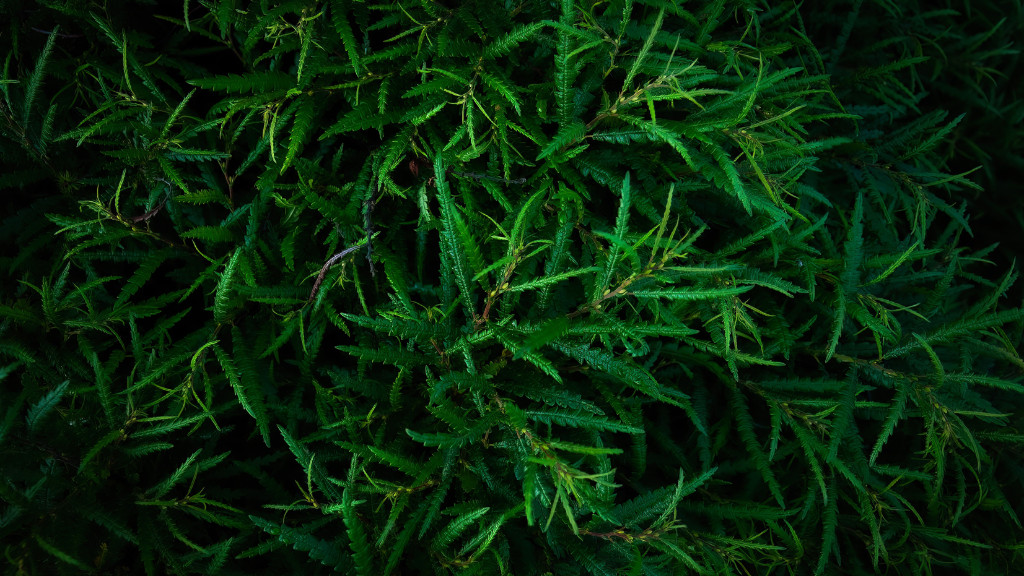
- Native Region: Eastern North America
- Leaf Type: Fern-like, sweet-smelling when crushed
- Height: 2 to 3 feet
- Climate Preference: Prefers acidic, sandy, or rocky soils
- Special Features: Aromatic leaves, used in traditional medicine
Also known as Sweetfern, Comptonia Peregrina is a small shrub native to eastern North America. Despite its name, it’s not a fern but has fern-like leaves that emit a sweet smell when crushed. This aromatic feature makes it a unique addition to any garden. The shrub prefers acidic, sandy, or rocky soils and can grow up to 2 to 3 feet. Its leaves have been used in traditional medicine, adding another layer of interest to this versatile plant.
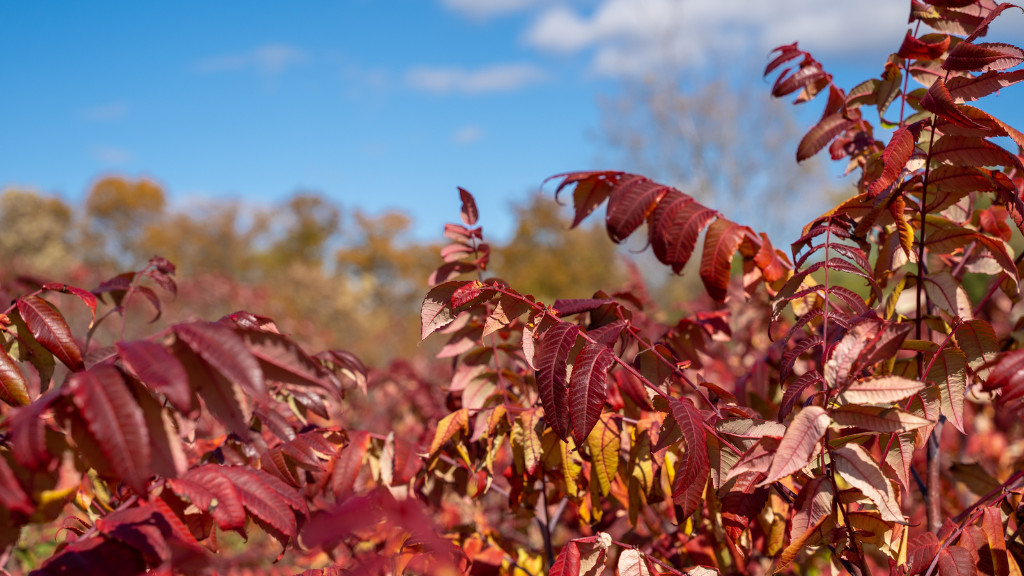
- Native Region: North America
- Leaf Type: Fern-like, turning red in autumn
- Height: Up to 20 feet
- Floral Display: Red fruit clusters
- Climate Preference: Adaptable to various conditions
- Special Features: Brilliant fall foliage, attracts birds
From North America comes the Smooth Sumac, which is known for its fern-like leaves that turn bright red in the fall. The tree can get as tall as 20 feet and can grow in a wide range of soils and climates. With its clusters of red fruit that birds love, this plant is a great choice for anyone who wants to bring wildlife into their garden. It is a popular choice for people who want to add fall color to their landscape because of its beautiful leaves.
9 Trees with Fern like Leaves || Fern like leaves trees
FAQ
What tree has leaves that look like ferns?
What fast growing tree has fern-like leaves?
What is an invasive fern-like tree?
What is the largest tree fern species?
- The Ultimate Guide to Growing Strawberries in Raised Beds - August 8, 2025
- No-Dig Garden Beds: The Easiest Way to Grow a Beautiful Garden - August 6, 2025
- How to Protect and Preserve Wood for Raised Garden Beds - August 6, 2025

